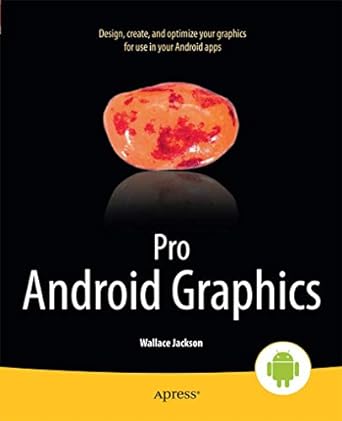Question
Data Link Control (DLC) protocols are a set of communication protocols that operate at the data link layer (Layer 2) of the OSI model. These
Data Link Control (DLC) protocols are a set of communication protocols that operate at the data link layer (Layer 2) of the OSI model. These protocols are responsible for ensuring reliable and efficient data transmission between two devices on a network. Here are some common DLC protocols:
Point-to-Point Protocol (PPP): PPP is a widely used protocol for establishing a direct connection between two nodes in a network. It supports authentication, error detection, and data compression.
High-Level Data Link Control (HDLC): HDLC is a bit-oriented protocol used for communication over synchronous serial links. It serves as the basis for other protocols, such as SDLC and LAPB.
Synchronous Data Link Control (SDLC): SDLC is an IBM-developed protocol that is similar to HDLC. It is used for point-to-point and multipoint communication over serial links.
Link Access Procedure, Balanced (LAPB): LAPB is a modified version of HDLC designed for use on X.25 networks. It provides error detection and correction as well as flow control.
Ethernet: Ethernet is a widely used DLC protocol for local area networks (LANs). It uses a protocol called Carrier Sense Multiple Access with Collision Detection (CSMA/CD) to manage access to the network medium.
Wi-Fi (IEEE 802.11): Wi-Fi is a family of wireless DLC protocols defined by the IEEE 802.11 standard. It is used for wireless local area networking and includes various sub-standards, such as 802.11b, 802.11g, and 802.11n.
Frame Relay: Frame Relay is a packet-switching DLC protocol used for wide area networks (WANs). It\'s known for its simplicity and efficiency.
Asynchronous Transfer Mode (ATM): ATM is a cell-based DLC protocol that was designed for high-speed data transmission over both LANs and WANs. It\'s based on fixed-sized cells (53 bytes) and is used in both data and voice networks.
X.25: X.25 is an older WAN DLC protocol that provided reliable packet-switched data communication. It was widely used before the rise of IP networks.
Token Ring: Token Ring is a LAN protocol that uses a token-passing mechanism to control access to the network medium. It was used in some older networks but has largely been replaced by Ethernet.
These are just a few examples of DLC protocols, and there are many more specialized and proprietary protocols used in various networking environments. The choice of which DLC protocol to use depends on the specific requirements and technologies of a given network.
Step by Step Solution
There are 3 Steps involved in it
Step: 1

Get Instant Access to Expert-Tailored Solutions
See step-by-step solutions with expert insights and AI powered tools for academic success
Step: 2

Step: 3

Ace Your Homework with AI
Get the answers you need in no time with our AI-driven, step-by-step assistance
Get Started


